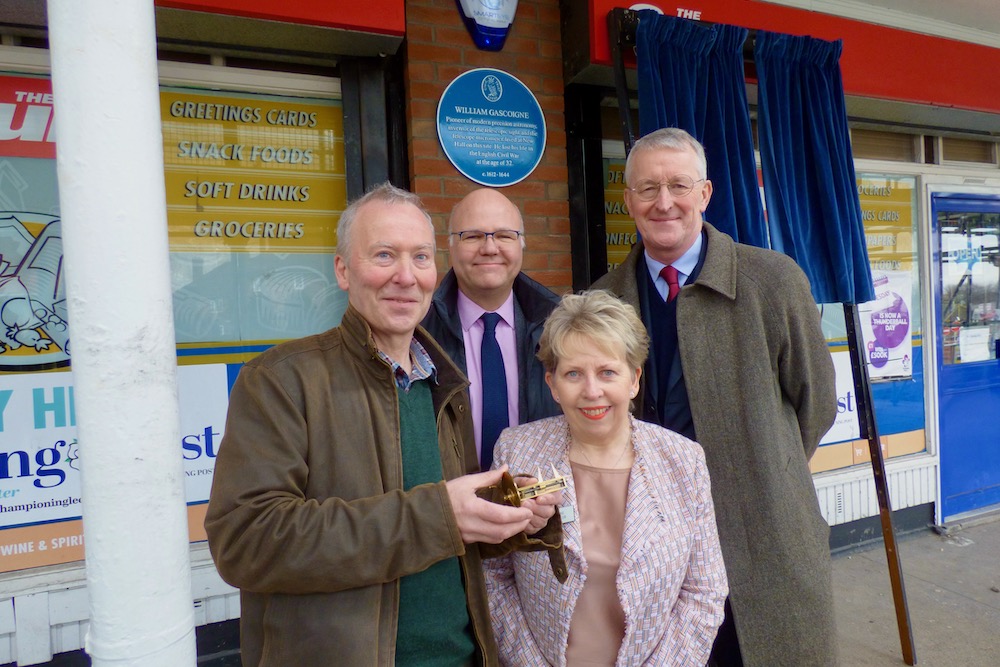
Leeds was one of the last, if not the very last, of the big cities to install electric lighting in its residential streets.
In my street there was only one dim gas street-light to serve 32 houses.
There was no ‘night-time economy’. After the Leeds pubs closed at 10pm and picture houses soon afterwards, people went home to bed and then house lights went out. And, of course, there were very few privately-owned cars with headlights shining. Even New Year was something that Scotland celebrated and had nothing to do with us. Therefore, Leeds had pretty good dark skies.
I grew up being able to recognize all the planets and quite a few of the star constellations. This gave me a life-long interest in astronomy despite it now being years since I have seen star constellations such as the Plough pointing to the North Star, the Pleiades (Seven Sisters), Orion the Hunter with its distinctive belt of three stars in a row and which also contains Betelgeuse the brightest of all our stars being twenty times bigger than our sun, and the Milky Way stretching across the sky.
Therefore, five years ago I was pleased to attend a jaw-dropping talk given by David Sellers about the 17th Century South Leeds astronomer William Gascoigne.
Gascoigne was born in 1612 in Town Street in Middleton, somewhere near the current modern row of shops. There is no record of his attending Oxford or Cambridge and his knowledge appears to have been self-acquired. He knew of Copernicus’ theory that the earth and other planets revolved around the sun.
He was a contemporary of both Italian astronomer Galileo and German astronomer Kepler. Kepler discovered that the orbit of the earth was an elliptical one but that the sun was not quite in the centre of the orbit. As a result the sun appears bigger in winter as the earth is nearer the sun and this effect is something that Gascoigne was able to quantify.
Gascoigne used Kepler’s design of a refracting telescope rather than the one designed by Galileo. The disadvantage of this telescope was that the image refracted was upside down but that did not matter for astronomical observations.
One morning Gascoigne found that a spider had spun its web inside the telescope and, to his surprise, both the object looked at and the web were in perfect focus. Gascoigne then invented a micrometre that fitted in the same position as the web. He could then measure the diameter of the sun, the diameter of planets and the distance between each of the stars and planets. For example, Gascoigne measured the distances between the stars in the Pleiades constellation. Stars are constantly moving so the distances today are not the same.
Gascoigne was caught up in the Civil War, finding himself on the Royalist side. He was killed at the Battle of Marston Moor where the Parliamentarians outnumbered the Royalists. He was 32 years old.
The Parliamentarians overran his home in Middleton and all of his papers and inventions were lost as their significance was not appreciated. Fortunately, Gascoigne was an avid correspondent writing about his theories and inventions including the micrometre to various prominent people including the mathematician and astronomer Richard Towneley of Burnley, Lancashire.
Towneley did much to publicise Gascoigne’s micrometre in a nationalistic attempt to prove that Britain was the first to invent one before the French astronomer Auzout. Auzout’s micrometrer was not as good as Gascoigne’s in any case. Townley wrote about Gascoigne to the Royal Society and his micrometre was taken up by them at Greenwich.
It was not until 2004 when Sherbourne Castle in Dorset was sold that the library, which had been closed to academic enquiry for 79 years, was reopened that more of Gascoigne’s letters and papers were rediscovered.
Towneley would have been proud of the work which David Sellers has done to inform the world of what is owed to William Gascoigne whose micrometre, in a more sophisticated version, is used today by astronomers all over the world. David Sellers’ book ‘In Search of William Gascoigne: Seventeenth Century Astronomer’ (New York 2012) is the only book devoted to the short life of William Gascoigne.
While I am writing this article at the beginning of February, the news is that a green Comet can be seen high in the sky directly over our heads. It looks green because of the sunlight on it. With all the light pollution where I live there is no chance of me seeing it! If you happen to live in a dark spot oasis within the Leeds boundary, you may be lucky.
This post was written by Hon Ald Elizabeth Nash
Photo: Writer David Sellers, Martin Hamilton and Jane Taylor from Leeds Civic Trust and Hilary Benn MP at the unveiling of a blue plaque on the site of New Hall, on Town Street in Belle Isle
Whilst you’re here, can we ask a favour?
South Leeds Life is published by a not-for-profit social enterprise. We keep our costs as low as possible but we’ve been hit by increases in the print costs for our monthly newspaper – up 83% this year.
Could you help support local community news by making a one off donation, or even better taking out a supporters subscription?
Donate here, or sign up for a subscription at bit.ly/SLLsubscribe



Loved this article!! Well written and great work David Sellars!